Picture 1: Bomb at the Tunnel Museum
Picture 2: Border of the Two Sarajevos
Picture 3: The Future of Bosnia
Picture 4: Snapshot of the Old Town
Picture 5: working on my Burek, a local favourite
Picture 6: Bosnian Stew at Inaj Kuca
Sarajevo, the capital of Bosnia and Herzegovina, is famous for many things. Perhaps the most well-known would be the assassination of the Austrian Archduke, the immediate cause to the First World War. Some of you may remember the siege of the city a decade ago by the Bosnian Serbs. If nothing else those into the Cantonese pop culture may remember the song from quite some years ago called 'The Romeo and Juliet of Sarajevo', which was loosely based on a true story.
You may have noticed that 'Sarajevo' is named as the attraction. This is because the system doesn't allow me to name any cities after the country. But perhaps this isn't too far off the mark - the city as a whole, rather than any particular sights, is what really worth visiting.
To highlight but a few, the Tunnel Museum is a must-see. Situated near the airport (slightly out of town), it was the lifeline for the besieged city, and the exhibits serve as a stark reminder of the brutality suffered by the city. Right at the entrance was what was left by a bomb that failed to explode properly: see picture 1. In the city itself you may notice something similar on the road, but painted red: dubbed Sarajevo's Rose, it is painted to serve as a reminder that the bomb exploded there has taken the life of a citizen.
To visit the attraction, it is best to join a guided tour with the unofficial, lesser-known Tourism office in the city. It's either this, or take a taxi. Of course you can join the main Tourism Office's tour, but that's gonna cost you 14 Euros and not including the price of the entrance fee (last time I checked). The book is not with me at the moment, but the alternative tourism office is mentioned in Lonely Planet. If the book's not to your taste, just ask at your hotel, though you may have better luck asking a hostel owner. The guide/owner, Sid, is a really knowledgeable person who did a degree in History in Vienna. We paid 25 Euros per person for a half-day tour of the city. Throughout the tour he will point out everything worth noting, be it historical or quirky. I am sure he can explain the sights much better than I do.
What about safety? It is actually a really safe place to visit, provided that you do not go out of your way to get yourself into trouble. Also stay within the touristy parts of the city after dark. Guys should remember NEVER to stare at anyone, because in Sarajevo that means you want a fight, apparently. And yes outside of the capital men do fight to death in knife duels on specific dates, so it's not the best idea to provoke them.
Also perhaps it is best to stay in Sarajevo proper, instead of the Bosnian Serb dominated (New) Sarajevo (see Picture 2) after dark. Unfortunately the younger generation could be quite violent (in both Sarajevos, actually), perhaps the product of a cocktail of socio-economical problems.
But is it all bad? No. Cliche, but where there is wanton destruction, there is also hope. Right after being swore at, and was told by some locals how hopeless the younger generation is, we bumped into this group of teens (Picture 3). Contrary to what we were told, they are good kids who work reasonably hard at school, speaks some English, and are not filled to the brim with hate because of the city's sufferings. Rather they're fun-loving kids with a positive outlook. I'm relieved - perhaps the country will have a chance to heal itself?
Before you ask, I'm not asking you to visit a war-ravaged slum. Contrary to the picture I have been painting so far, parts of the old town has a decidedly Austro-Hungarian flair, and it is certainly a nice place to stroll (see, Picture 4). Nor is the people unfriendly - the friendliest hostel owner I have EVER met was in Mostar, another city of the country. You may find most people's English wanting though.
To get into the country, the easiest way would be to take a bus from Croatia. I took the bus from Split, Croatia (served by www.easyjet.com from numerous destinations, e.g. London, Bristol), stayed a night in Mostar, and continued towards Sarajevo. Just buy tickets at the local bus station the day before to be safe.
So what to try for food? Ask for the borek/burek/boereg (Picture 5), which is some kind of baked pastry. Its usually filled with meat, spinach, or cheese. At about a few Euros each (it's so cheap I can't remember how much!) you'll be surprised how tasty and filling it is. It's better than any touristy restaurant because heck, this is what the locals eat. If you want a touristy restaurant (which actually was quite nice) ask for the 'Inaj Kuca' (House of Spite), just across the bridge from the National Library. They've got some nice authentic looking dishes, some of them taste good. The Bosnian stew (Picture 6) is one of them.
Sarajevo has always been a city of contradictions. Once the city that divided the West and the East Roman Empire, its people are still struggling with their identity. Having 3 presidents serving on rotation that represents the three, risking over-simplification, sub-ethnic groups is but the tip of the iceberg of the problem the nation faces. This is what makes the city such a fascinating place to visit - grand buildings standing next to cheap housing that used to be sniper nests of the enemy, mosques standing side by side with synagogue and Catholic AND Orthodox Churches (and did I mention that 70%+ of the population are not religious?), uber modern skyscrapers next to sealed off, mined areas from the war, exemplary hospitality in stark contrast with juvenile delinquency.
For me travelling is perhaps less about individual attractions than the overall experience. If you're done with the standard '歐遊' fare and are not impressed, this certainly will.
 | 相關遊記 |  |
| | 歐洲遊與學, vol.1 (波黑, 克羅地亞, 拉脫維亞 , 黑山, 斯洛伐克, 斯洛文尼亞 , 愛沙尼亞 , 芬蘭, 立陶宛, 瑞典)
I have been planning to start a travel blog for some time now, and here seems as good a place as any, especially with the on-going competition - over the past three years I have been to 28 countries... | |
 |  |  |
 2009-07-29
2009-07-29 2009-07-29
2009-07-29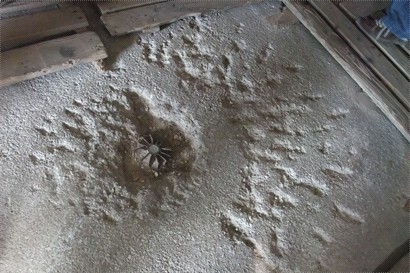
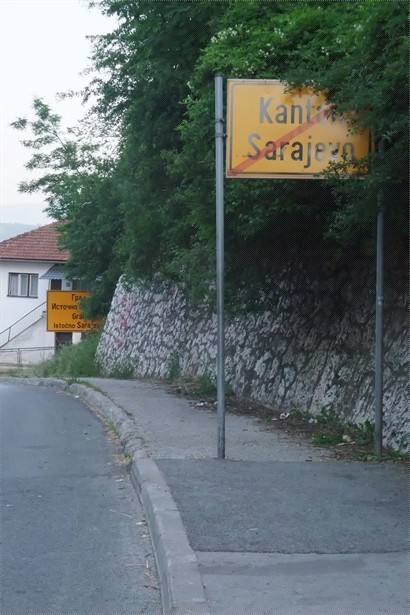
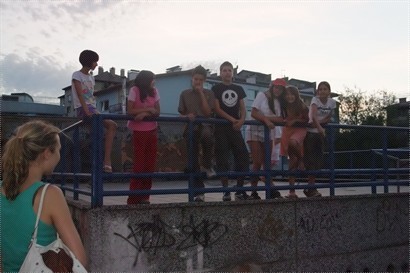
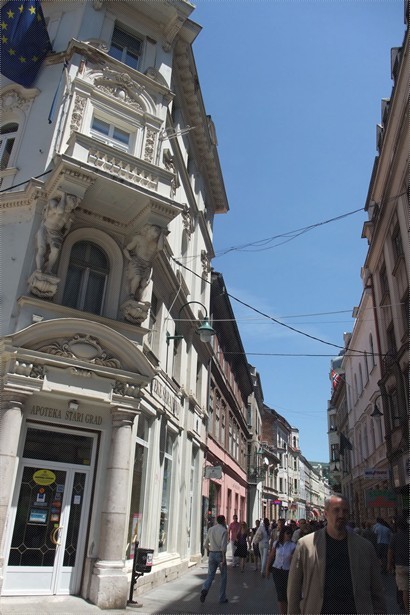
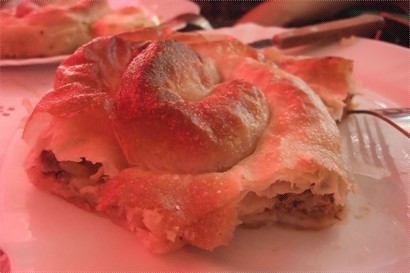
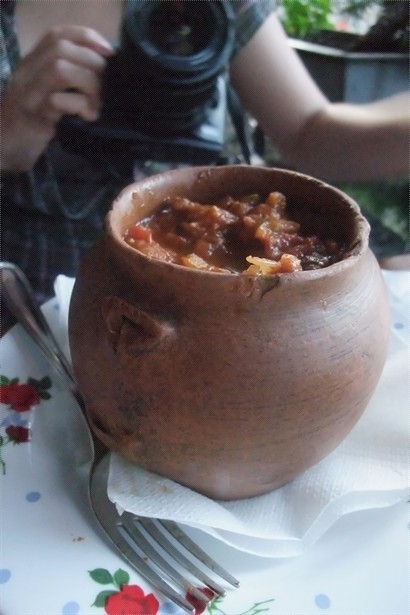









 遊記數目
遊記數目  上載相片
上載相片  上載影片
上載影片 



 Capuciner, Zagreb (
Capuciner, Zagreb (